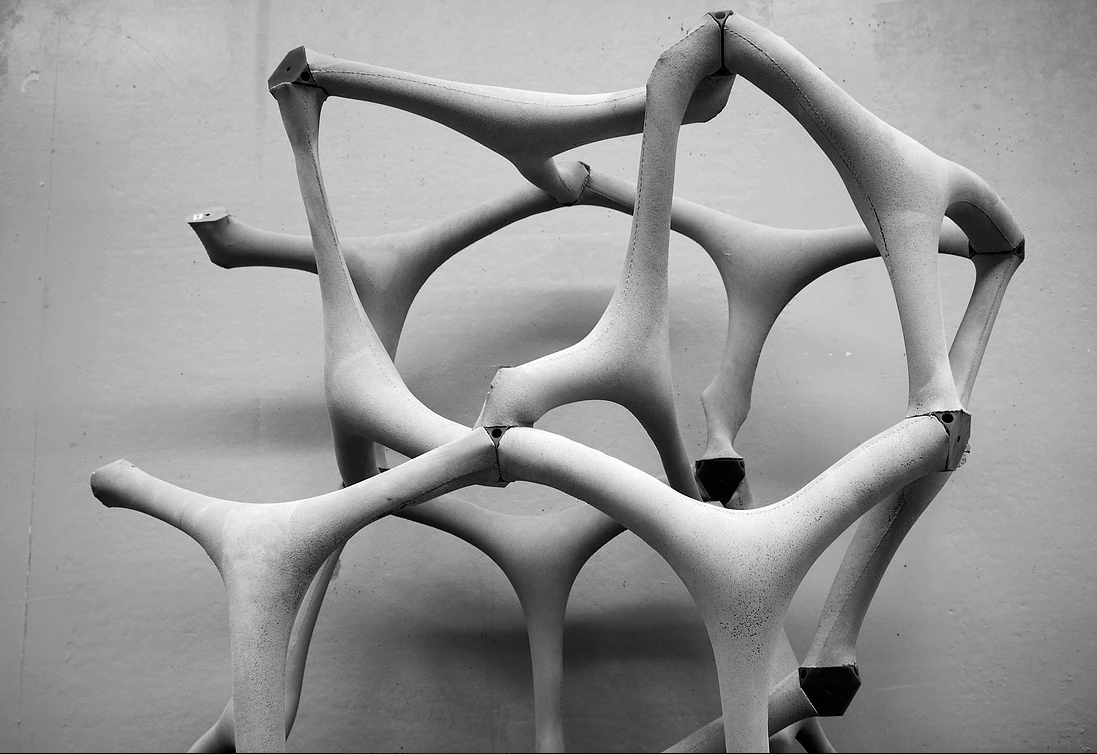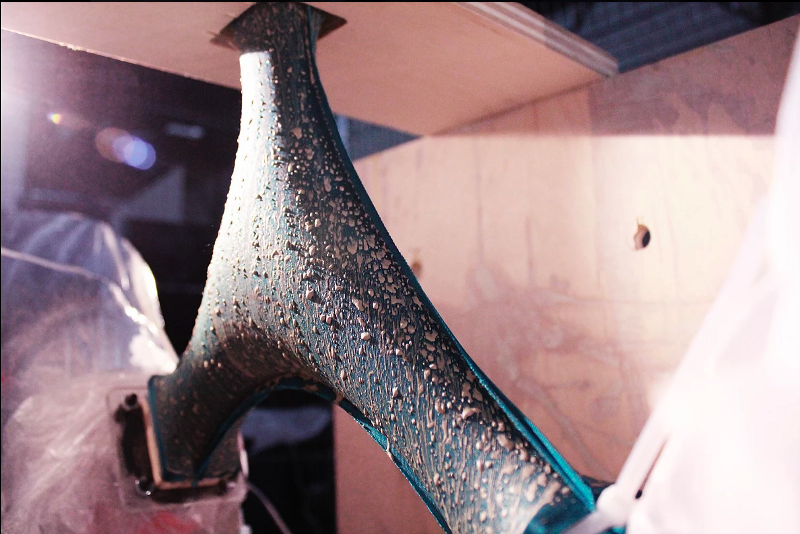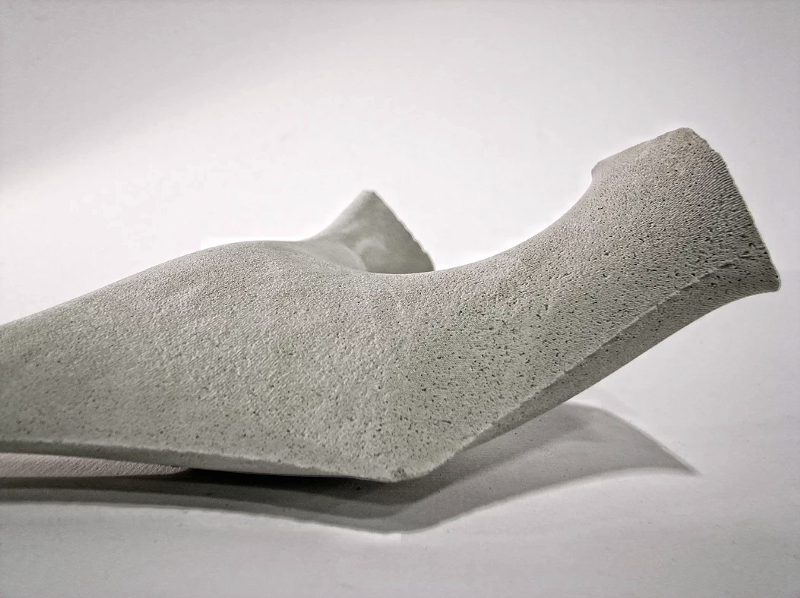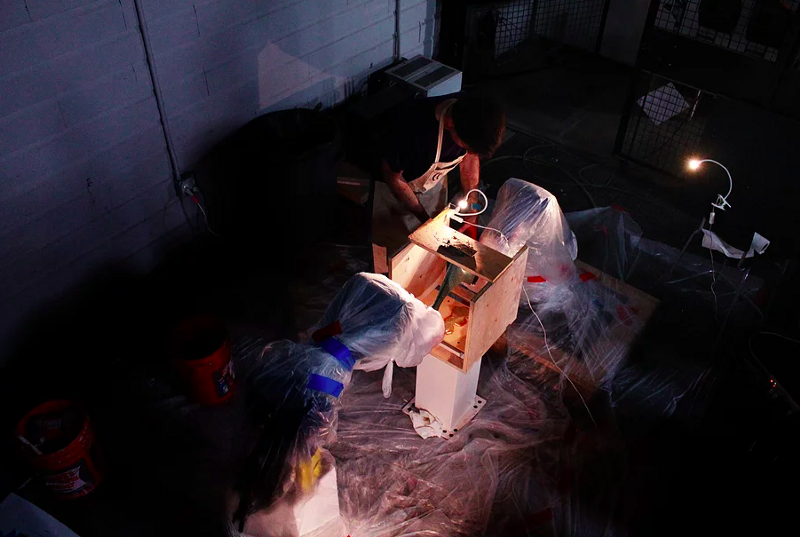Fabric Forms

Team Members: Joseph Sarafian & Ron Culver
Instructor: Julia Koerner
UCLA Architecture and Urban Design
Website: Form Found Design
Why should casting concrete be a static process? Variation in design has necessitated a variable formwork, capable of adapting to new forms and new methods of construction. This independent study at UCLA AUD combined the flexibility of fabric with the precision of 6-axis robot arms to stretch fabric for concrete casting.

Traditional casting methods promote repetition of forms. Any variation in the design requires a new form to be built (usually out of plywood), not to mention the difficulty of casting compound shapes without breakage when the mold is removed. Robotically-positioned fabric formwork will make these barriers a thing of the past.
Joseph Sarafian, Assoc. AIA and Ron Culver, AIA took what they gained in a technology seminar with Julia Koerner and expanded it into a process for realizing variation in parametric geometry. Sewn Lycra sleeves are attached to 6-Axis Kuka robots and stretched into position. Concrete with a fiber admixture is then poured into the sleeves and hardens. The fabric is stripped away with minimal waste, the robots re-position themselves and a new piece is cast.

Connecting the pieces is achieved through bolting with a 3D printed node. And since the entire composition is designed in 3D, each unique connection angle can be coordinated for a seamless connection in the physical world. Gravitational and stretching simulations were also conducted using Grasshopper3D and Kangaroo. This project is currently being scaled up to achieve building-scale elements including facades and primary structure. Ron Culver and Joseph Sarafian began this project as an independent study while at UCLA Suprastudio with lecturer Julia Koerner. Early experiments were aided by Peter Vikar, Shobitha Jacob, Oscar Li, and Qi Zhang.

Parametric design has created a need for variable formwork to achieve new forms. Ron Culver and Joseph Sarafian saw that as a design opportunity to combine the precision of 6-axis robots with the flexibility of fabric, creating a novel method for casting concrete. Two robots position pre-sewn Lycra sleeves into which concrete is poured. The robot arms can position the fabric into any shape within their reach, creating a truly variable formwork. When the concrete has cured, the fabric is stripped away and the robots re-position themselves based on a coordinates sent from 3D software. Each piece is unique and fits together with a bolted 3D printed connector piece.
